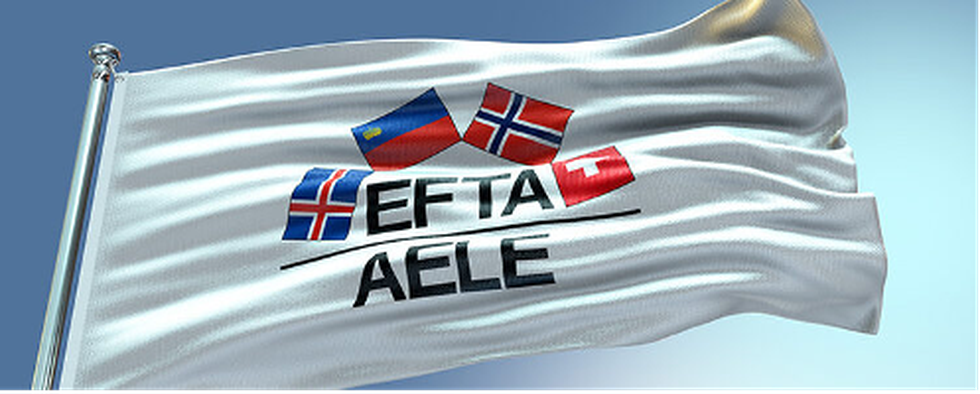About European Free Trade Association (EFTA):
- It is an intergovernmental organization established in 1960 by the Stockholm Convention.
- Objective: Promotes free trade and economic integration between its members within Europe and globally.
- EFTA currently has 4 member countries: Iceland, Liechtenstein, Norway and Switzerland.
- The EFTA countries have developed one of the largest networks of Free Trade Agreements (FTAs). These FTAs span over 60 countries and territories, including the European Union (EU).
- In contrast to the EU, EFTA is not a customs union. This means that the individual EFTA States are free to set their own customs tariffs and arrange other foreign trade measures vis-à-vis the non-EFTA States.
- Governance Structure:
- EFTA’s highest governing body is the EFTA Council. It generally meets 8 times a year at the ambassadorial level and twice a year at the ministerial level.
- The headquarters of the EFTA Secretariat is located in Geneva. It assists the EFTA Council in the management of relations between the 4 EFTA States and deals with the negotiation and operation of EFTA’s FTAs.
- EFTA Surveillance Authority (ESA): It monitors compliance with European Economic Area (EEA) rules in Iceland, Liechtenstein and Norway.
- EFTA Court: It is based in Luxembourg and has the competence and authority to settle internal and external disputes regarding the implementation, application or interpretation of the EEA agreement.
What is the European Economic Area (EEA)?
- It consists of the Member States of the European Union (EU) and three countries of the European Free Trade Association (EFTA)(Iceland, Liechtenstein and Norway, excluding Switzerland).
- The Agreement on the EEA entered into force on 1 January 1994.
- It seeks to strengthen trade and economic relations between the member countries.
- It is principally concerned with the four fundamental pillars of the internal market, namely: the free movement of goods, people, services and capital.
